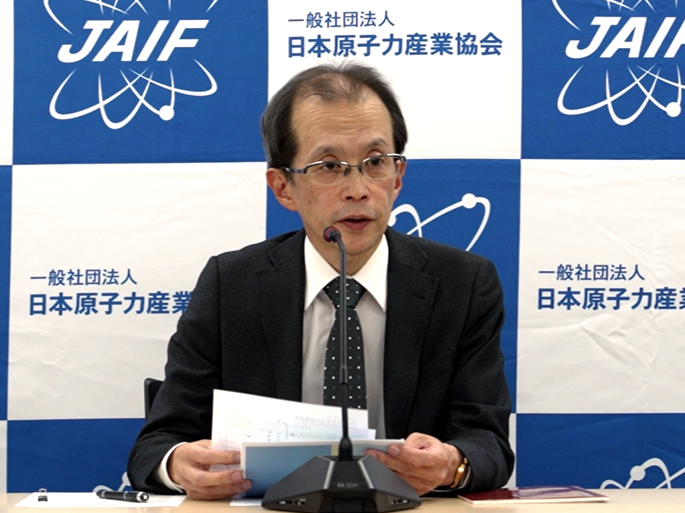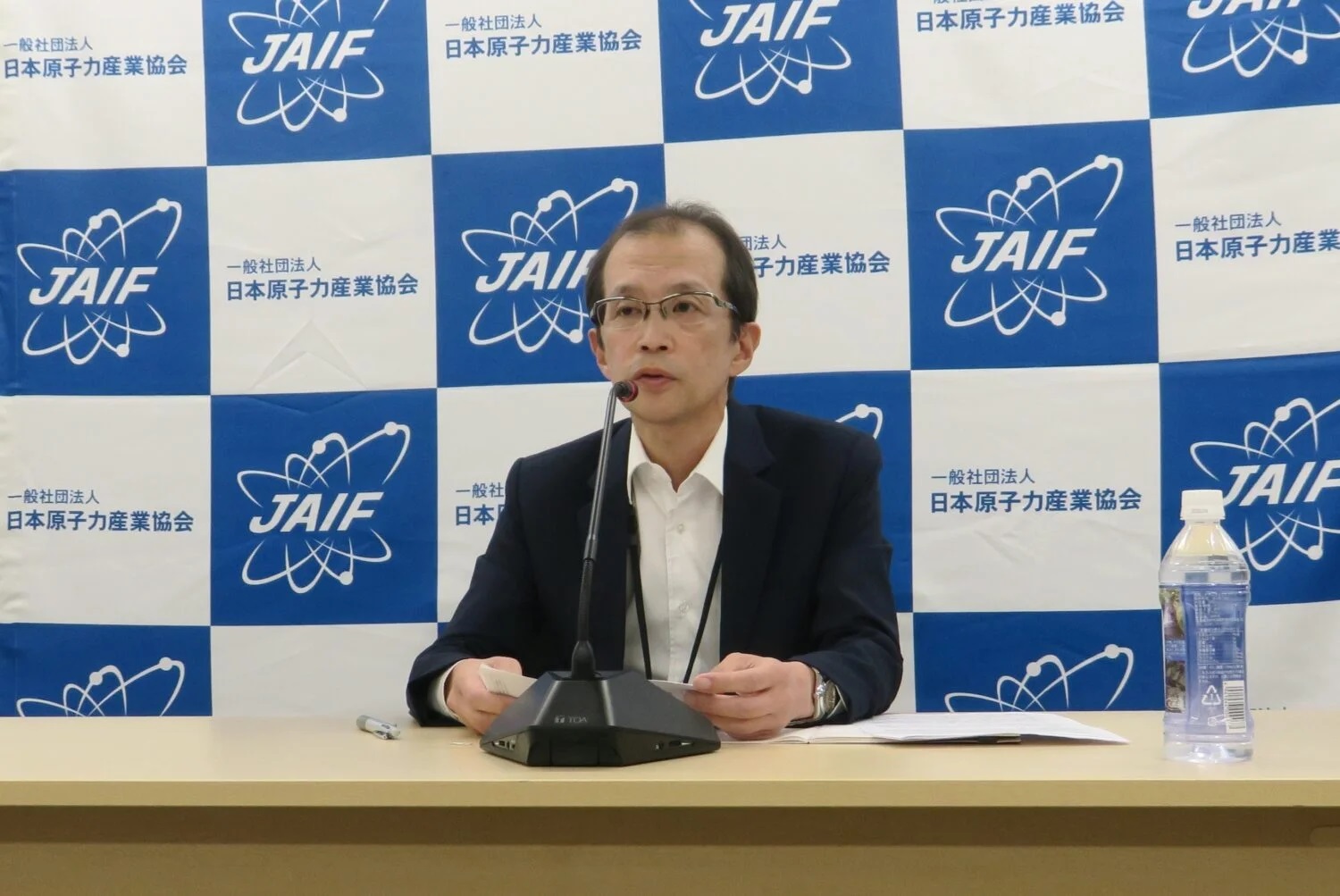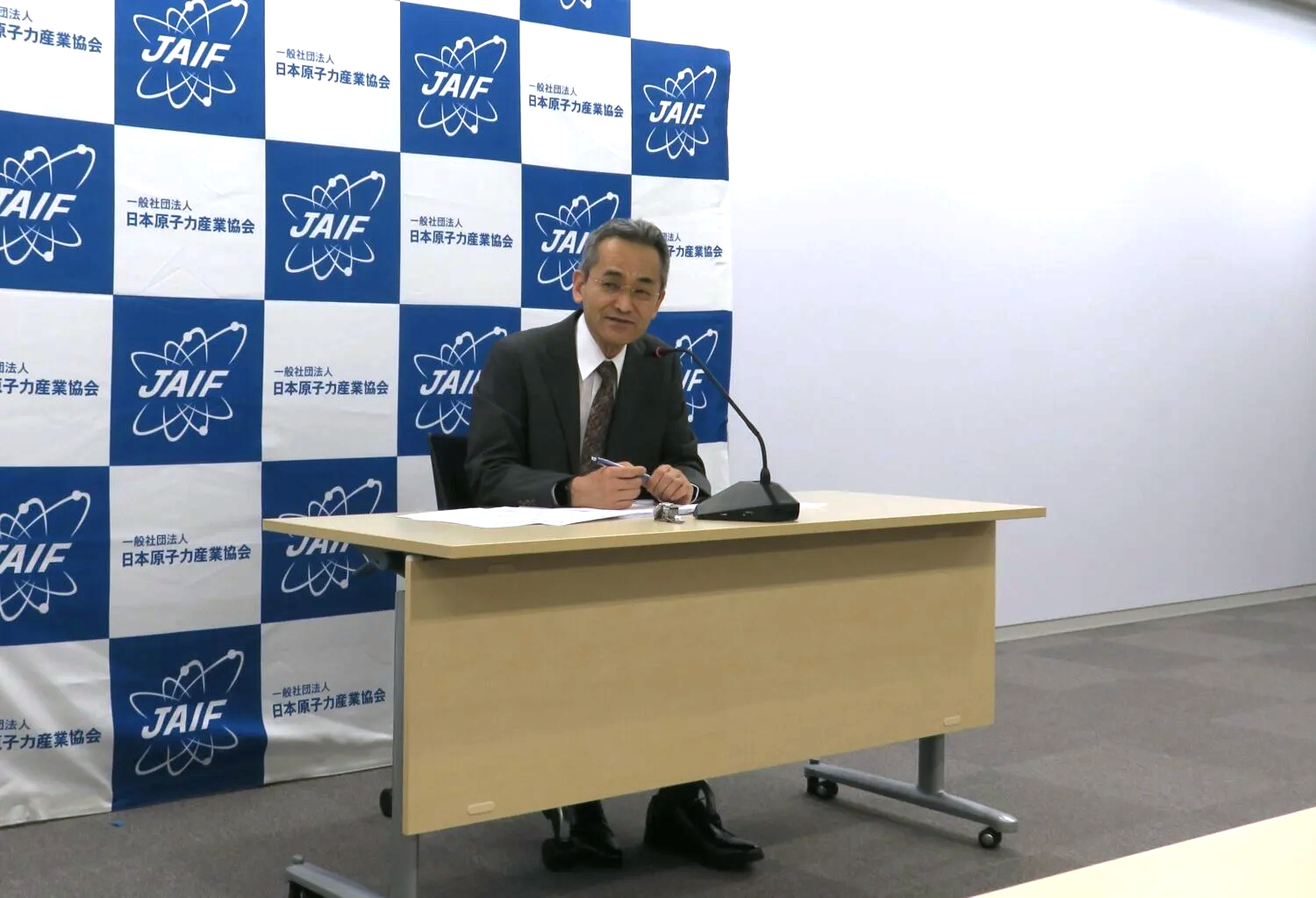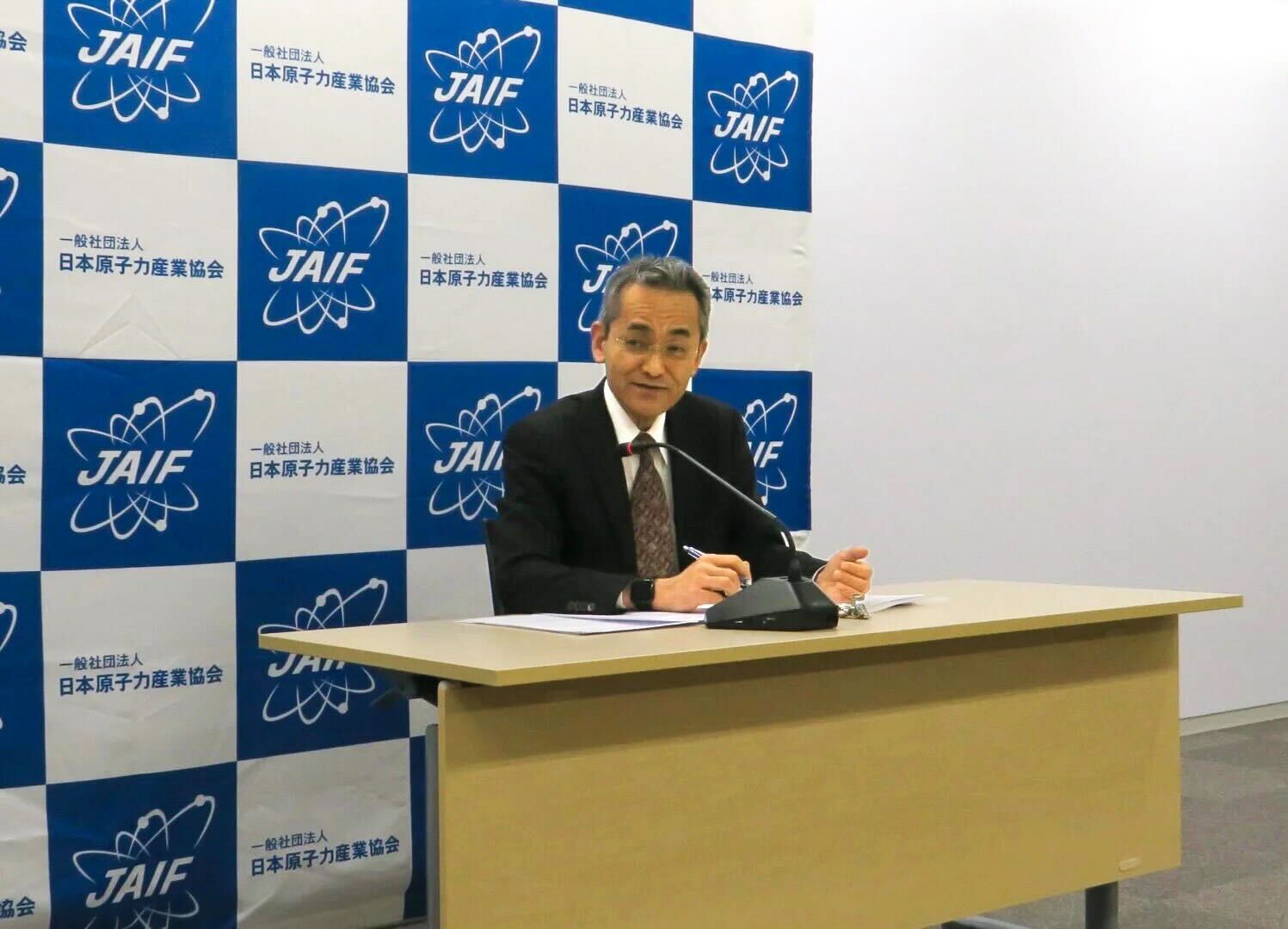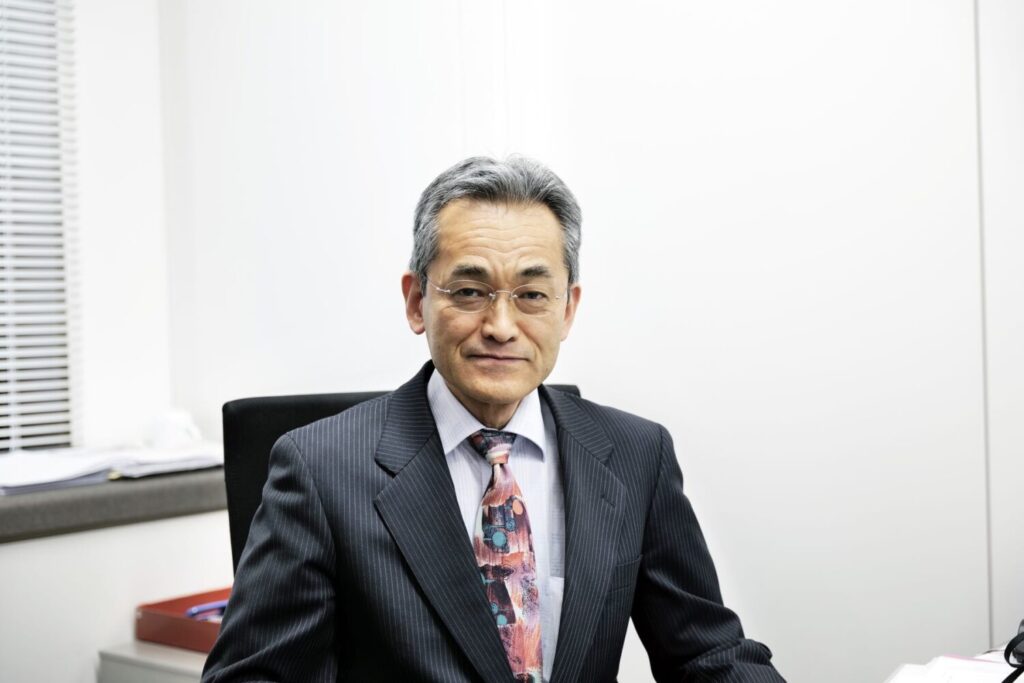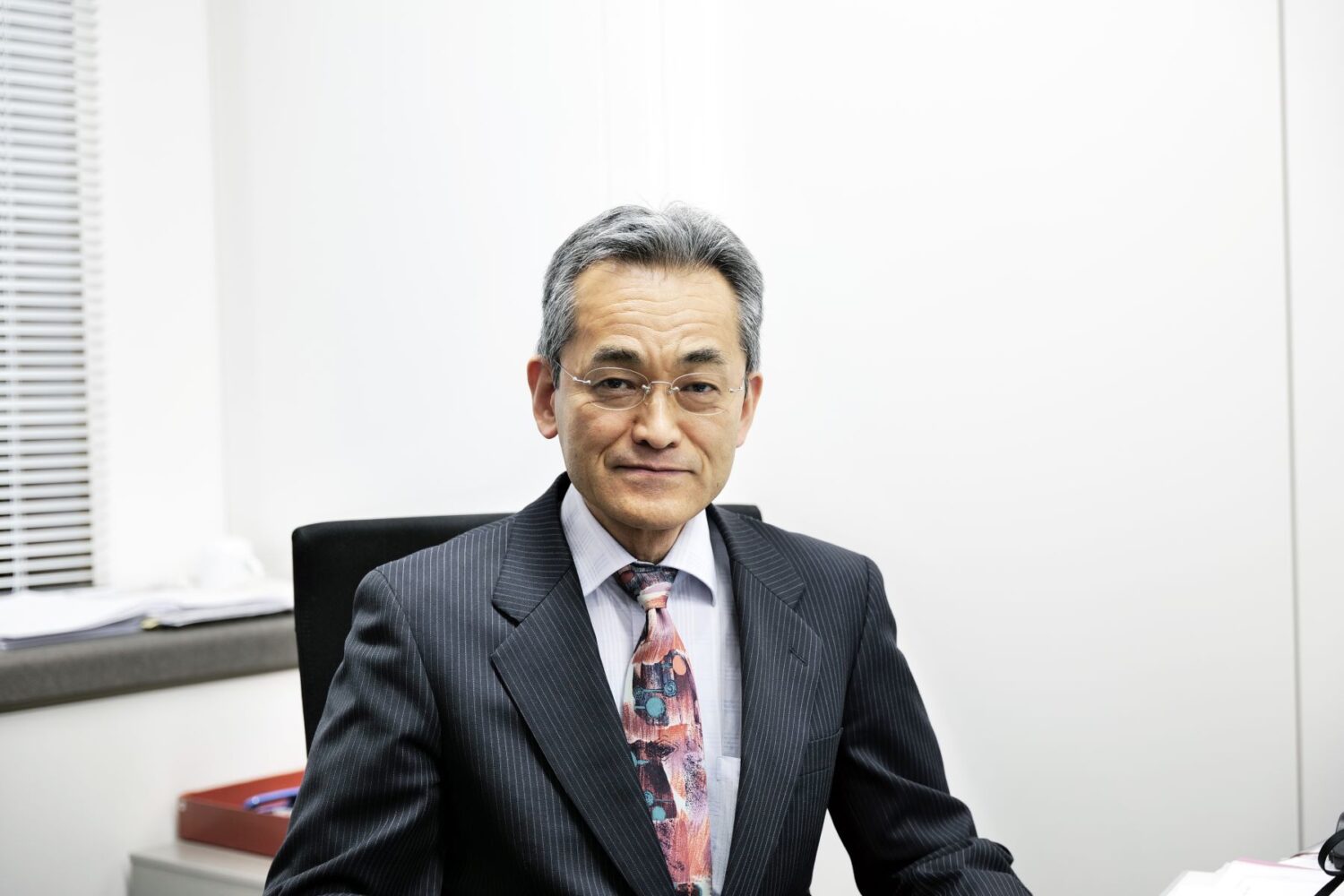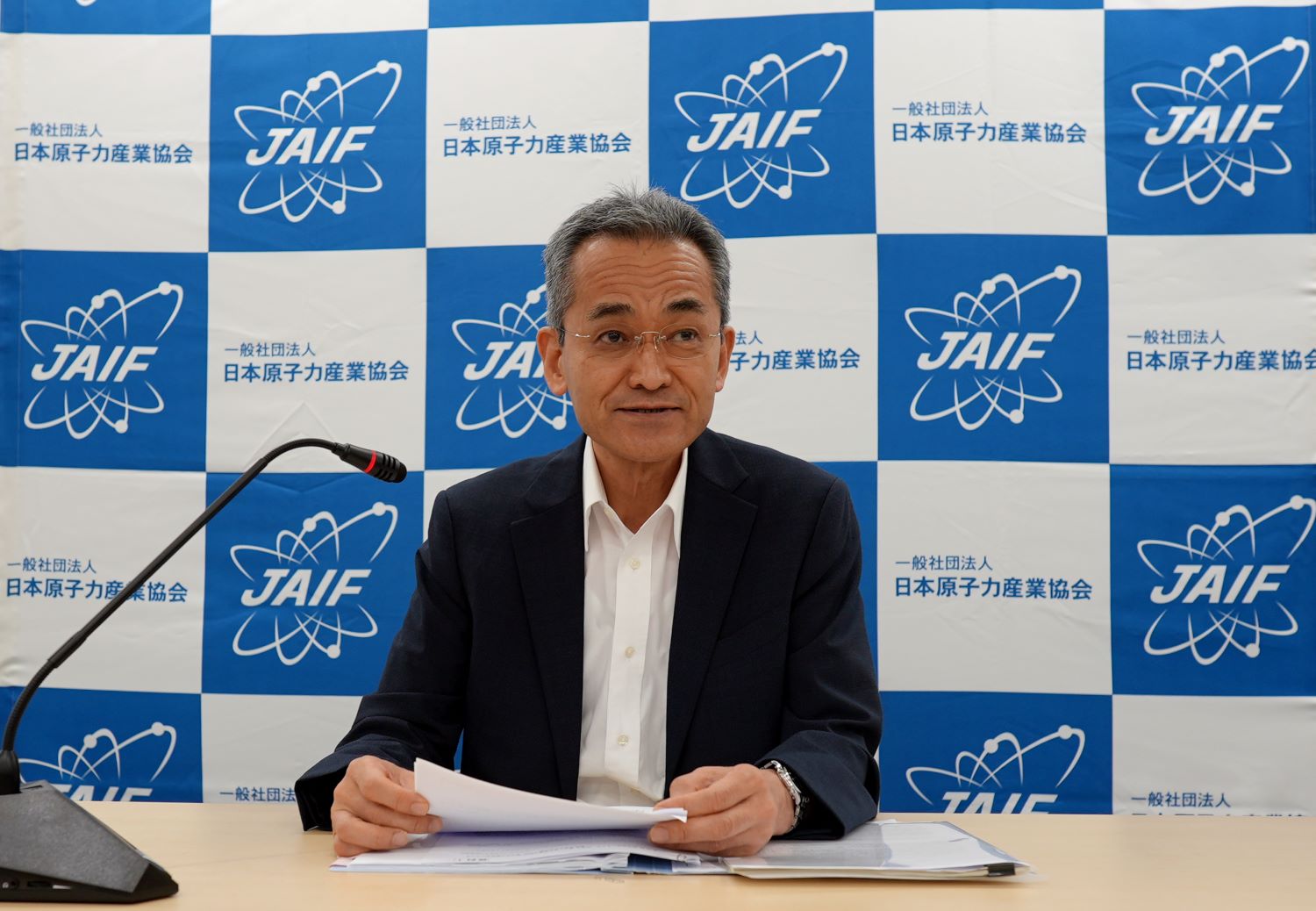Its common, long-term, global target is not only to hold the increase in global average temperatures to less than two degrees C above pre-industrial levels, but also to make the utmost efforts to keep that increase below 1.5 degrees C.
Japan, with a target of reducing CO2 emissions by twenty-six percent from 2013 levels by the year 2030, ratified the Paris Agreement and must now achieve its target in order to fulfill its obligation to the world.
Under such circumstances, the Ministry of the Environment (MOE) recently announced preliminarily that Japan’s total CO2 emissions in FY15 (ended March 2016) was 1.321 billion tons CO2 equivalent, down three percent from the previous year. Factors in the reduction include lower electricity consumption, reduced CO2 emissions originating from electric power as a result of improved CO2 discharge units, and reduced energy-derived CO2 emissions in the industrial and transport sectors.
Energy-derived CO2 emissions account for about ninety percent of total CO2 emissions in Japan, and some forty percent of energy-derived emissions involve electricity generation. To achieve the reduction target, one key is cutting the carbon emissions associated with power sources, such as by expanding the use of renewable energies, operating nuclear power plants (NPPs), improving the efficiency of thermal power plants, and finding alternative fuels.
Let us now consider the effect of restarting NPPs on reducing emissions. Given that operations have been resumed at only three NPPs in the country since the summer of 2015, nuclear power accounted for only 1.1 percent of total generated electricity. Even so, just that little amount of nuclear power is estimated to have saved as much as four million tons in CO2 emissions.
Which is to say, nuclear power is credited with about fifteen percent of the total emissions reduction of 26 million tons. That is a quite dramatic illustration of the effectiveness of nuclear power in cutting CO2 emissions.
Japan’s reduction target for CO2 emissions by 2030 is premised on the country’s particular composition of power sources – the so-called “energy mix” – addressed from the viewpoint of ensuring “S+3E” (that is, safety, plus the conventional three E’s of energy security, economy and environmental protection).
It was then calculated based on a percentage of zero-emission power sources of 44 percent (renewable energies at 22 to 24 percent, with nuclear power at 20 to 22 percent), along with extensive energy conservation.
Each NPP has a large generating capacity while functioning as a stable source, and is highly effective in reducing CO2 emissions. In meeting the target, nuclear power will play a major role.
There are less than a handful of NPPs currently in operation in Japan. I hope that the safety examinations of the rest will proceed steadily and consistently, with more of them being restarted, so that CO2 emissions can continue to be reduced and a stable supply of electricity ensured.



